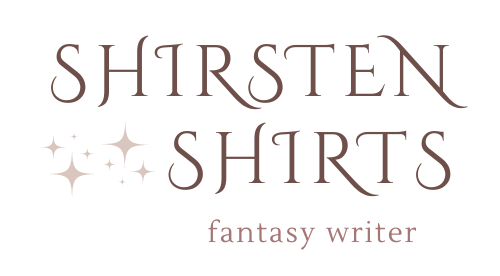A Simple Trick for Compelling Scenes
Once I show you this trick you won’t be able to un-see it. You’ll notice it in every story you consume. The good news is that also means you’ll likely be able to effectively use it in every story you write.
I’m talking about knocking down the dominos of your story with 2 simple words:
Yes, but or No, and.
To illustrate this, I’m going to break down a scene in Disney Pixar’s Onward. This happens to be my 2-year-old’s favorite movie and I have therefore seen it approximately 10 billion times. But on a recent viewing, I noticed how cleanly one of the scenes (really, all of the scenes - Pixar is a master at this) demonstrated this concept.
Here’s how it goes.
Whenever something happens for or to your character, that action is knocking down a domino. (And because conflict breeds story, we want that domino to be, well, not so good for your character.)
Meaning, if your character successfully accomplishes any given action (this might be doing something - like throwing a punch - or it might be having something done to them - like getting hit by a car), that action needs to be followed by either a “Yes, but,” or a “No, and” complication.
It’s difficult to explain, but once I demonstrate this below, you’ll understand more clearly. Let’s go.
Here’s what happens in the Onward scene:
Ian and Barley are on their way to find the Phoenix Gem so that they can turn their father from bottom-half-only to the whole package. They are in the van talking (and therefore distracted) when Ian screams. Barley slams on the breaks, barely missing the great chasm they have just come upon.
1) Ian and Barley arrive at the chasm.
Is there a way for them to get across?
2) YES, BUT the drawbridge is up and the lever is on the other side of the chasm.
Is there a spell that will lower the level?
3) YES, BUT they are too far away for it to work.
Are there any other spells that might help them?
4) YES, BUT the bridge that it makes is invisible.
Does the spell work?
5) NO, AND Ian falls into the chasm.
Are they able to save him?
6) YES, BUT he will have to trust that the spell works in order to get across.
Does the spell work this time?
7) YES, BUT the rope keeping Ian safe in case he falls comes undone.
Does Ian make it all the way across?
8) YES, BUT he falls at the last second and must catch himself.
See? I’m telling you, you’ll notice this everywhere now. And it’s a handy little trick. Remember, obstacles are what make your story interesting. This scene would not be nearly as exciting if the bridge was down and they simply drove across it. That’s not a story. It’s in the dominos. The “Yes, buts” and the “No, ands.”
Remember this as you write every scene. If something feels flat, ineffective, or boring, turn to your “Yes, but” “No, and” toolbox.
The fastest way to write a strong story is with an effective outline that plots your novel’s beating heart.
In Outline Your Novel, you’ll learn exactly what these beats are, why they matter, and how to outline them effectively to make your story sing.



